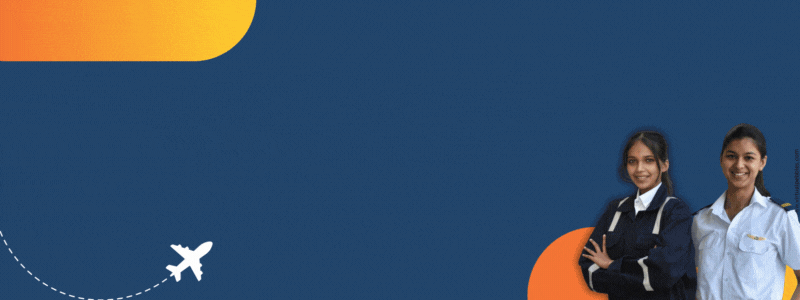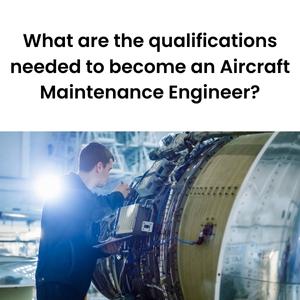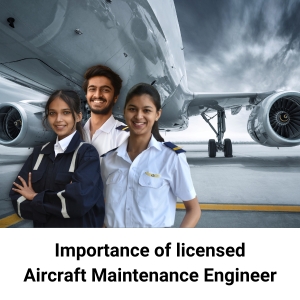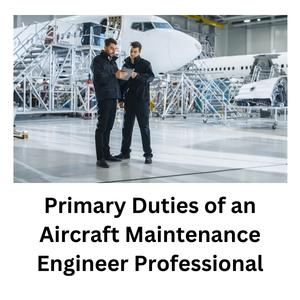Announcement
We are excited to announce the Indus Hackathon 2025, an exhilarating one-day event organized by the CSE Department of Indus University....Read more We are excited to announce the Indus Hackathon 2025, an exhilarating one-day event organized by the CSE Department of Indus University.
26th ISTE Faculty Annual State Convention will be held at Indus University on April 27, 2023....Read more 26th ISTE Faculty Annual State Convention will be held at Indus University on April 27, 2023.
26th ISTE GUJARAT STATE ANNUAL FACULTY CONVENTION & CONFERENCE ON APRIL 27,2023. MORE DETAILS WILL BE SHARED SOON....Read more 26th ISTE GUJARAT STATE ANNUAL FACULTY CONVENTION & CONFERENCE ON APRIL 27,2023. MORE DETAILS WILL BE SHARED SOON.
We are excited to announce the Indus Hackathon 2025, an exhilarating one-day event organized by the CSE Department of Indus University....Read more We are excited to announce the Indus Hackathon 2025, an exhilarating one-day event organized by the CSE Department of Indus University.
26th ISTE Faculty Annual State Convention will be held at Indus University on April 27, 2023....Read more 26th ISTE Faculty Annual State Convention will be held at Indus University on April 27, 2023.
26th ISTE GUJARAT STATE ANNUAL FACULTY CONVENTION & CONFERENCE ON APRIL 27,2023. MORE DETAILS WILL BE SHARED SOON....Read more 26th ISTE GUJARAT STATE ANNUAL FACULTY CONVENTION & CONFERENCE ON APRIL 27,2023. MORE DETAILS WILL BE SHARED SOON.

When parts manage to wear out and degrade over time, routine inspections, management, and maintenance of aeroplanes become increasingly necessary. Engineers who have received specialised training in aircraft maintenance engineering (AME) are exceptionally qualified to inspect the aircraft, find any issues or hiccups, analyse them, and then report and fix them. There is plenty of room on the aircraft for passengers. The position of Aircraft Maintenance Engineering (AME) calls for a high degree of decency and dedication in relation to the safety and security of aircraft and their passengers. All issues with the aircraft must be resolved by the trained AME prior to takeoff.
Engineering aspirants who want to enrol in the AME programme must meet the following requirements:
An applicant must have an aircraft maintenance engineering licence in order to work as an aircraft maintenance engineer. The licence is issued by the DGCA of the Indian government. The aviation maintenance engineering licence is highly sought after since it allows for operation in both the public and private sectors in both India and abroad.


The licenced AME must thoroughly check the aircraft and sign the certificate prior to the flight taking off. Before a flight may take off, a certificate is required; it certifies that the aircraft is safe to fly. AME is in charge of the safety and security of the aircraft and its passengers. The AME licence is recognised across the world. The licenced AME has job options in the public or private sectors in both India and abroad. The licenced AME is highly respectable. In the aviation sector, a licence is equivalent to a degree. A candidate can work for a high income after receiving a licence. Nowadays, professional training is more valuable than a degree.

In conclusion, troubleshooting and repairing aircraft systems is an essential part of an AME's job. Locating and correcting issues, performing regular maintenance and inspections, keeping meticulous records of all work, and ensuring regulations and standards are being followed are just a few of the responsibilities of AMEs. By doing this, AMEs make a vital contribution to preserving the reliability and safety of aviation equipment as well as keeping the aircraft in the air.